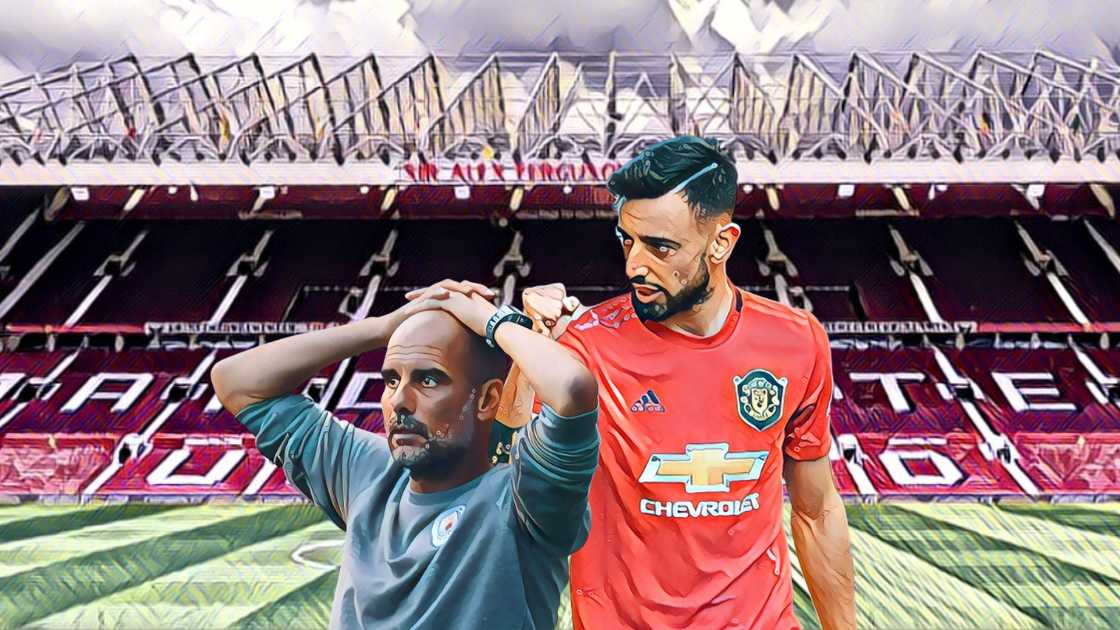You’re either here to know what the soccer offside rule is, or because a referee just made the worst offside call of all time against your team and you can’t comprehend how they made the call. Like many of us, Stephen Warnock is just as confused as us with the offside rule in football.
“I haven’t got a clue what the offside rule is, 𝗵𝗮𝘃𝗲𝗻’𝘁 𝗴𝗼𝘁 𝗮 𝗰𝗹𝘂𝗲. I don’t know the offside rule because its changed that many times lately”
Should offside decisions be explained to the public? ❌ pic.twitter.com/0pKfENRTfd
— Sky Sports Premier League (@SkySportsPL) January 16, 2023
The offside rule was first introduced in 1863 by the Football Association and underwent a radical change in 1925 when two players had to play someone onside, instead of three. Soccer’s offside rule is simple when explained and we’ll help you to understand it below.
What Is the Offside Rule in Soccer?
In its simplest explanation, an offside in soccer is called when any part of a player’s head, body or feet is within the opponent’s half, and is closer to the opponent’s goal line than both the ball and the second-last opponent including the goalkeeper.
The Football Association invented the modern day offside rule and this is the interpretation as published by the FA:
“A player is in an offside position if any part of the head, body or feet is in the opponents’ half (excluding the halfway line) and any part of the head, body or feet is nearer to the opponents’ goal line than both the ball and the second-last opponent.”
Another way of looking at an offside call is to visualise the on-pitch scenario where an attacking player has run beyond the last opposition defender whilst their team is in possession.
At the very first point of contact of the ‘play’, the attacking player would be flagged offside by the linesman if they were positioned ahead of the last defender on the pitch and were to become actively involved in the attacking sequence.
The offside rule explained in a simple diagram ⚽ pic.twitter.com/Mpdic2xxQt
— wolfgangsport (@wolfgangsport1) September 27, 2023
Here’s the best video clip we found which helps breaks down the concept of the soccer offside rule:
When Is It Not an Offense to Be in an Offside Position?
As a player it’s important to know that there are instances where you can be standing in an offside position without actually committing an offside offense.
If you aren’t actively involved in the attacking sequence and not interfering with the play or an opponent – such as challenging for a loose ball or by gaining an advantage on a rebound, save, deflection, or obstructing the eyesight of the goalkeeper – then you won’t be called for an offside.
You also won’t get called offside if you receive the ball from an opponent who deliberately played it towards you, even if you were beyond the last defender.
Additionally, if you are way past the defensive line on the other side of the field and you happen to receive the ball directly from your team’s goal kick or throw in, then an offside decision will not be called against you.
You also can’t be offside if you’re within your own half when the ball is played to you, which is a useful tactic that some strikers use to their advantage especially when counter attacks are started.
What Are the Sanctions for an Offside Offense?
In the event that an attacking player is flagged for offside, the opposing team is awarded an indirect free kick which they’ll take to resume the match. This indirect free kick is taken either from the spot:
- where the offside player touched the ball;
- where the player in question interfered with play or an opponent; or
- where the player gained an advantage
It’s worth noting that any players judged to have committed offside offenses are not sanctioned with yellow cards or red cards no matter how many offsides they’re called for.
How Has Var Technology Changed the Way Offside Decisions Are Made?
Before video assistant referee technology was introduced to the game offsides in football were signalled by linesmen running up and down the sidelines of the pitch. When an offside call was determined the linesman would raise their flag to signal an offside offense.
VAR is good, but it’ll always have a margin of error that cannot make it definitive pic.twitter.com/cPsDj8AXv9
— wolfgangsport (@wolfgangsport1) September 27, 2023
Because offside calls are so controversial and have made the difference in big games, soccer has seen the introduction of video assistant referee technology to help eliminate the element of human error when officials implement the offside rule.
The International Football Association Board (IFAB) approved VAR for use in 2016 and trialled it at the 2017 FIFA Confederations Cup. With VAR (Video Assistance Referee) a fifth match official sits in front of multiple screens to review offside decisions using replay footage, different camera angles and slow-motion.
The new VAR offside line in the Premier League will cost teams this season.
This VAR technology at the World Cup is better. pic.twitter.com/bABfRTsmss
— POOJA!!! (@PoojaMedia) September 17, 2023
Linesmen have been instructed to refrain from making offside calls during situations that might have goal-scoring potential as VAR technology can act as a second check for offside calls after a goal appears to have been scored.
VAR can then review and either confirm or overturn an offside decision made by a linesman if the replays suggest that the pitch officials made the wrong call.
So there you have it, soccer’s offside rule explained. Is it really that hard?

Leave a Reply